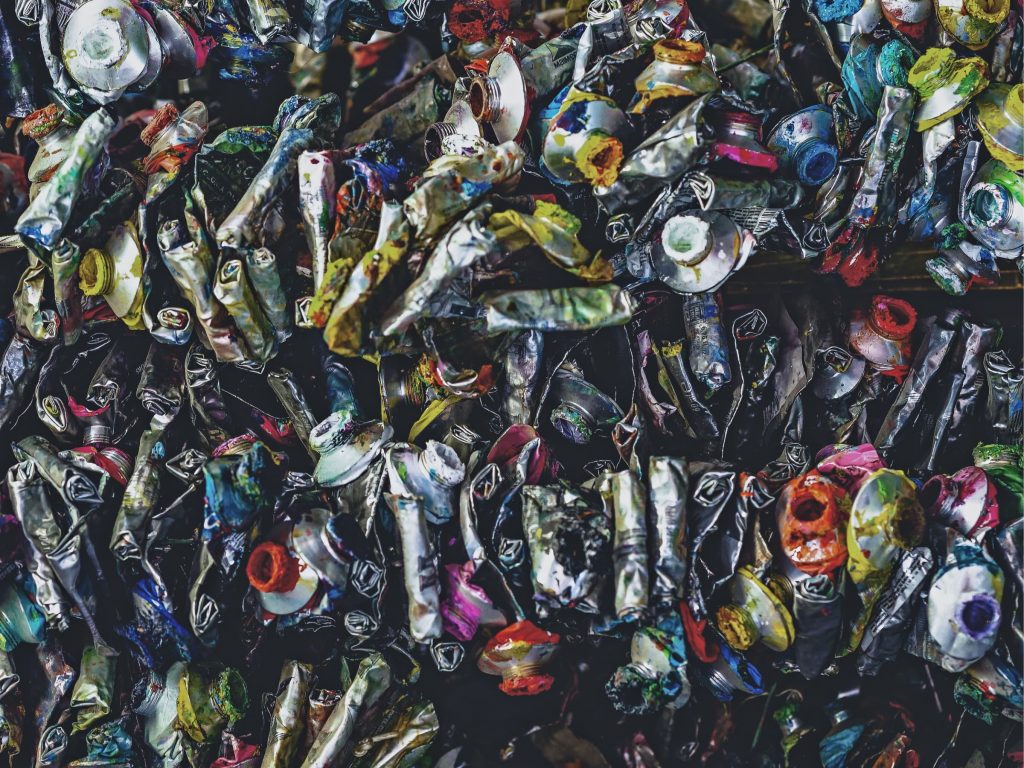Biohazardous waste is among the most dangerous types of waste material that we can generate, and it isn’t something that we can easily dispose of or remove. Ideally, we should avoid generating any amount of this waste if possible, but in some buildings and industries, it really can’t be avoided.
Fortunately, there’s a safe and reliable method that any facility can follow in order to safely collect and dispose of biohazardous waste.
The Importance of Personal Protective Equipment
Before we get into the methods, it’s important to stress the need for some sort of protective equipment when it comes to handling the biohazardous waste. This kind of waste can have extremely adverse effects when handled improperly or without protection. It should always be handled with caution even if it isn’t an active component.
For this reason, issuing the proper equipment to anyone handling this type of waste—whether they’re specialists or janitorial staff—is extremely important in any facility. Failure to do so can result in accidents or some long-term effects.
Identification
First of all, it’s important to determine the type of hazardous waste you are dealing with. There are certain types of waste that can easily be thrown in the regular kind of trash bin or at least a separate container, while others may need more specific receptacles or holding bags.
The general rule to follow is whether or not the waste is actively infectious (e.g. something used in a medical procedure or carries an infection of some kind) or whether or not the material can puncture regular trash bags. In any case, it’s important to use a special type of bag (usually a biohazard bag) that can safely contain the material or a disposal bag that is resistant to puncturing.
Storage
It’s unlikely that you’ll immediately find an opportunity to get rid of the waste as soon as it is generated, which means you’ll need to find a way to store it for a while. Some waste material becomes more potent (or more dangerous) the longer they are untreated, and you need to store those kinds of material appropriately.
But in general, you should never store biohazardous waste near human activity areas. Do not put them near water lines or other utility lines either. The best way to store biohazardous waste is to put it in a clearly marked biohazard bin, away from the reach of people and animals.
Disposal

Finally, disposing of biohazardous waste can be left to your building’s facilities management or your own internal team, if you have the resources. Waste management solutions for biohazard disposal are also available if you want a third party to handle your waste. You may opt for this solution if you don’t have the time, resources, or the expertise to do it yourself.
Above all else, remember that disposing of biohazardous waste isn’t just a matter of sending it to a recycling or materials recovery facility. It often needs to be treated and sanitized before entering most conventional landfills, which means the onus is on you to find a safe place to both dispose and process the waste.




